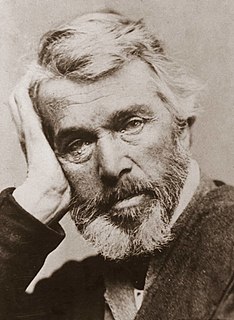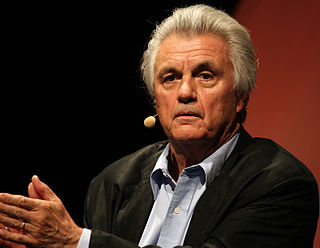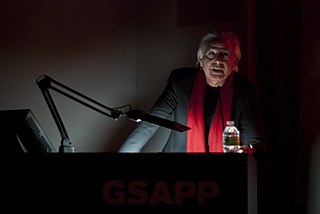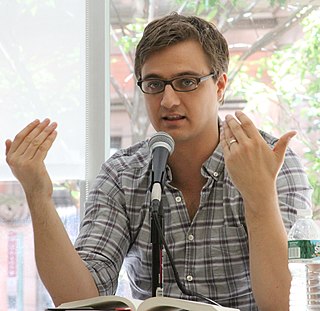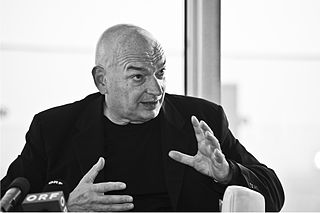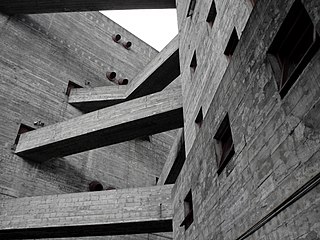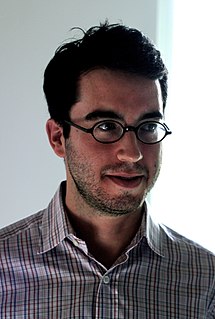A Quote by Richard Rogers
My architecture tends to be legible, light and flexible. You can read it. You look at a building, and you can see how it is constructed. I put the structure outside.
Related Quotes
When we come to understand architecture as the essential nature of all harmonious structure we will see that it is the architecture of music that inspired Bach and Beethoven, the architecture of painting that is inspiring Picasso as it inspired Velasquez, that it is the architecture of life itself that is the inspiration of the great poets and philosophers.
The bottom line for mathematicians is that the architecture has to be right. In all the mathematics that I did, the essential point was to find the right architecture. It's like building a bridge. Once the main lines of the structure are right, then the details miraculously fit. The problem is the overall design.
I try to just put a blank stage in front of them, and say, "This is your space; you tell me where you're coming from and where you're going." At a certain point, it was interesting as the project started to become what it is now, The Source, which has a physical installation and also an online presence. As we started building the installation, I started thinking, "It's really strange that we're building this installation, this piece of architecture you can go into." It's almost strange because I suppose it's an artwork, but it's an artwork that's really constructed out of ideas.
The Besicovitch style is architectural. He builds out of simply elements a delicate and complicated architectural structure, usually with a hierarchical plan, and then, when the building is finished, the completed structure leads by simple arguments to an unexpected conclusion. Every Besicovitch proof is a work of art, as carefully constructed as a Bach fugue.
The desire to punish is a desire that emanates from a place of equality and justice. The lesson I feel that we have to confront is that that impulse is so easily transmuted into something corrosive and corrupt in how it's actually put into practice. That's the danger. It's not that the impulse is wrong or unjust or not totally righteous. It's that the ways in which the system that operates, the system that we've constructed tends to not deliver the promise of equity we might want, when we look to the system to provide it.
I was thinking about the generation before us, like John Barth and all of those pomo dudes who had that idea of, instead of hiding the structure and making it look organic and natural, we're going to put the structure on the outside. But most of the time, at least for me, all I could attend to [in Swing Time] was that act of structural self-consciousness.
You can see the most beautiful things from the observation deck of the Empire State Building. I read somewhere that people on the street are supposed to look like ants, but that's not true. They look like little people. And the cars look like little cars. And even the buildings look little. It's like New York is a miniature replica of New York, which is nice, because you can see what it's really like, instead of how it feels when you're in the middle of it.




